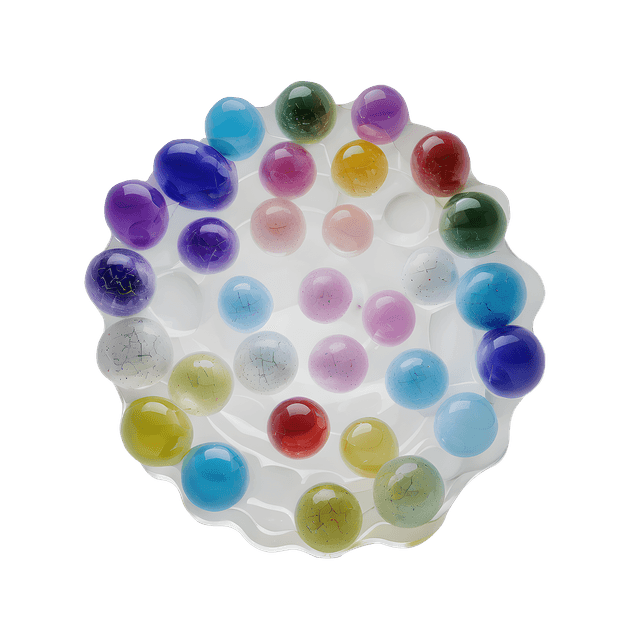What is hemoglobin in reticulocytes?
Rtc(B)- MCH (hemoglobin in reticulocytes) is a medical test that measures the level of reticulocytes in the blood. Reticulocytes are immature red blood cells that have recently been released from the bone marrow. Their presence and number can be a useful diagnostic tool to evaluate bone marrow function and to assess whether the body has the ability to produce enough red blood cells.
Why are reticulocytes analyzed?
The analysis is carried out with the aim of identifying the average content of hemoglobin in reticulocytes and diagnosing iron deficiency or increased need for iron. Ret(B)-MCH signals decreasing iron deficiency. The analysis can only be carried out together with B-Reticulocytes.
How is Rtc(B)-MCH used in clinical practice?
Rtc(B)-MCH is particularly valuable in the early detection of functional iron deficiency, before traditional markers such as ferritin or transferrin saturation change. Since reticulocytes rapidly reflect changes in bone marrow iron availability, low levels of hemoglobin in reticulocytes may indicate ongoing iron deficiency even before anemia develops.
The assay is also useful for monitoring the effectiveness of iron therapy in patients. A rising Rtc(B)-MCH indicates that the therapy is effective and that the iron is once again being used for the production of hemoglobin in new red blood cells.
In which conditions can Rtc(B)-MCH be particularly relevant?
In addition to iron deficiency, the analysis can be helpful in the investigation of anemias of unclear cause, in inflammatory conditions where traditional iron markers can be difficult to interpret, and in chronic diseases that affect blood formation. Rtc(B)-MCH is also used in oncology and nephrology, where patients are often at risk of functional iron deficiency due to inflammation or chronic disease.
What affects the results?
The results can be affected by factors such as ongoing infections, inflammatory conditions, bleeding, bone marrow diseases and treatments that stimulate blood formation, such as erythropoiesis-stimulating drugs (ESA). It is therefore important to interpret the value in combination with other laboratory analyses and the clinical picture.





















